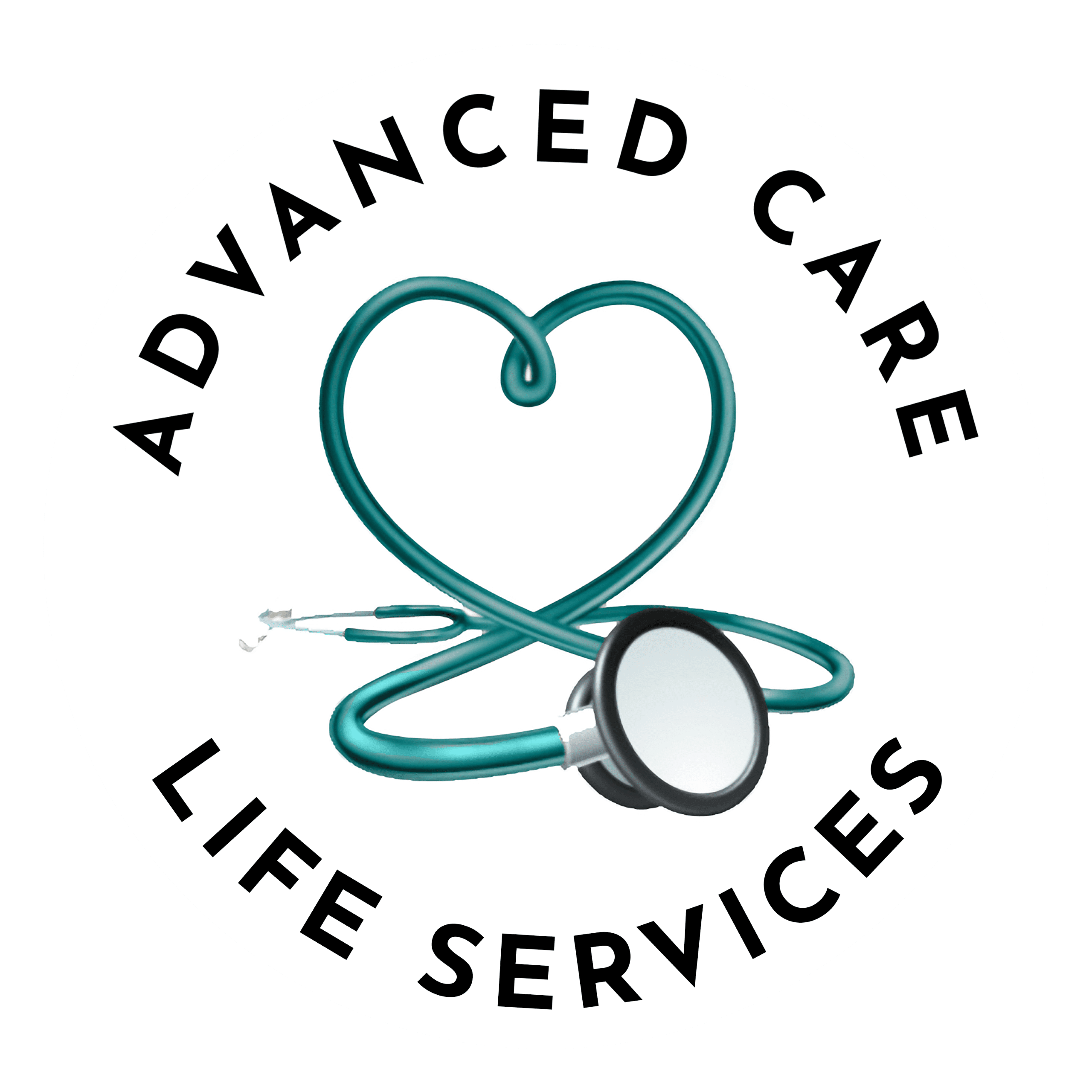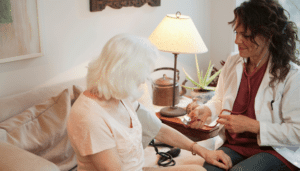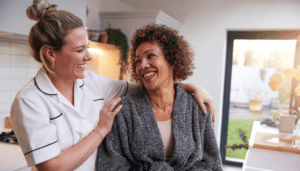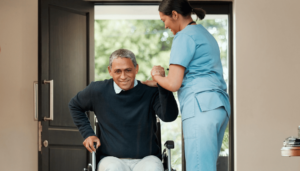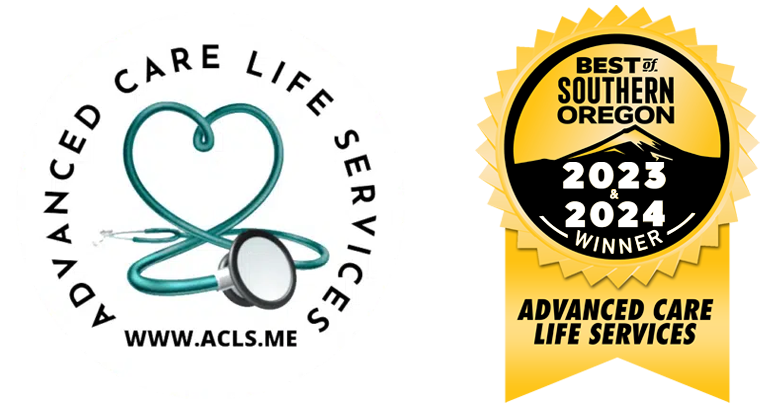When a loved one experiences a fall or faces the ongoing challenges of a chronic illness, the emotional weight can be profound, and the path forward may feel uncertain. These situations require a careful balance of immediate action, thoughtful planning, and compassionate support to ensure their safety and well-being. In-home care often becomes a cornerstone of this process, offering professional assistance tailored to individual needs. This article provides a structured, empathetic guide, drawing on insights from licensed professionals published in reputable journals, to help families navigate these difficult moments with confidence and care.
Responding to a Fall: Immediate Action and Recovery
A fall can be a distressing event, signaling a shift in your loved one’s independence and raising urgent concerns. The first step is to ensure their immediate safety. Dr. Emily Rodriguez, a Doctor of Nursing Practice, advises in her 2025 article, “Fall Prevention and Recovery Strategies” (American Journal of Nursing, Vol. 125, Issue 3, pp. 45-52), “Stay calm and check for consciousness and breathing. If they’re injured or unable to move, call emergency services immediately, avoiding any repositioning that could worsen a potential spinal injury.” This approach prioritizes their health while offering comfort in a frightening moment.
If the fall is less severe and they can move, assist them carefully. Dr. Mark Evans, a physical therapist, outlines in his 2024 study, “Post-Fall Mobility Interventions” (Journal of Geriatric Rehabilitation, Vol. 42, Issue 2, pp. 112-119), “Help them roll to their side, sit up slowly, then rise to their knees, using a sturdy chair or table to stand.” Even without obvious injuries, a medical evaluation is critical. Dr. Rodriguez notes, “Conditions like concussions or subtle fractures may not be immediately apparent, and a physician can uncover root causes—medication side effects or balance deficits—that require attention.”
Recovery and prevention are the next priorities. Dr. Evans’ research shows, “Installing grab bars and clearing clutter can reduce repeat falls by 30% within six months.” In-home care plays a vital role here, providing hands-on support during recovery. Caregivers can assist with bathing, dressing, or physical therapy exercises while monitoring for setbacks. Dr. Rodriguez reports, “In-home care lowers re-injury rates by 18% through consistent safety oversight and rehabilitation adherence,” offering families reassurance as their loved one heals in a familiar environment.

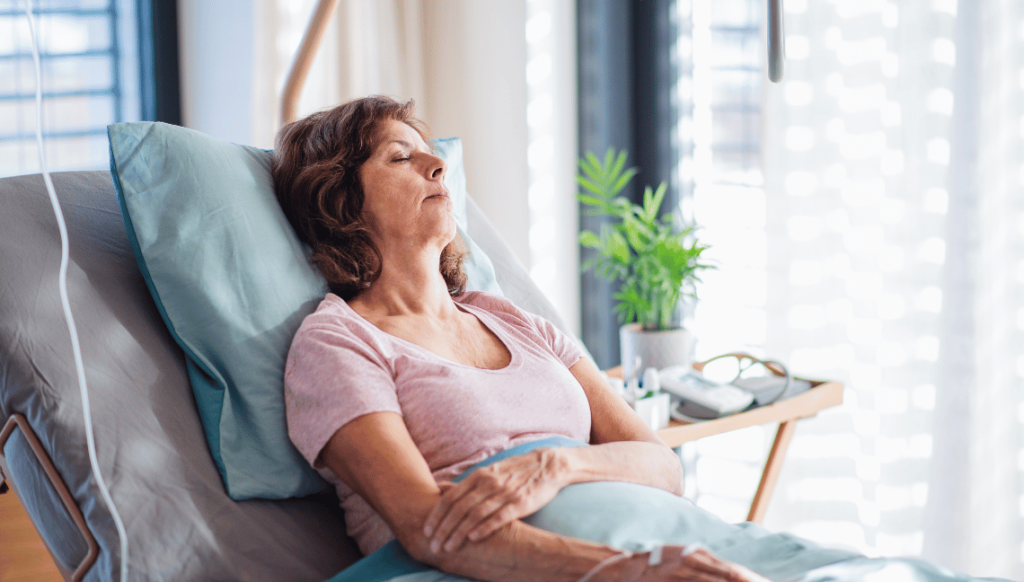

Managing a Chronic Illness: Sustained Support
Chronic illnesses—whether diabetes, heart disease, or arthritis—bring a different set of challenges, requiring long-term strategies and emotional resilience. Understanding their condition is foundational. Dr. Michael Tran, a physician, emphasizes in his 2023 article, “Optimizing Chronic Disease Management at Home” (Home Healthcare Now, Vol. 41, Issue 5, pp. 256-263), “Caregivers who learn about symptoms and treatments reduce complication rates by 25% over a year.” For example, recognizing fatigue in heart failure or joint stiffness in arthritis allows for proactive care.
Ensuring treatment adherence is essential. Dr. Tran’s study reveals, “Medication errors drive 40% of chronic illness hospitalizations; structured support boosts compliance by 35%.” This might involve setting up pill organizers or scheduling doctor visits. Lifestyle adjustments—such as a heart-healthy diet or gentle exercise—also matter. Dr. Jane Smith, a geriatric specialist, writes in her 2024 article, “Holistic Care in Geriatrics” (Journal of Geriatric Care, Vol. 39, Issue 1, pp. 33-40), “Customized changes, like reducing sodium intake, improve physical function by 20% in three months.”
Emotional support is a lifeline amid chronic illness’s isolating effects. Dr. Smith’s research indicates, “Social interaction cuts depressive symptoms by 15% in these patients.” Listening, encouraging, and fostering connections can make a world of difference, though family resources may stretch thin. In-home care steps in seamlessly, offering practical and emotional aid. Caregivers manage medications, assist with daily tasks, and coordinate with healthcare providers. Dr. Tran found, “In-home care reduces hospital readmissions by 20% for conditions like COPD through vigilant monitoring.” Beyond logistics, caregivers provide companionship—sharing a conversation or a walk—easing loneliness in a way Dr. Smith calls “a vital pillar of care.”
Embracing In-Home Care: A Compassionate Partnership
In-home care bridges the gap in both scenarios, offering expertise and relief. After a fall, it ensures safety and recovery; for chronic illness, it sustains health and independence. Dr. Rodriguez explains, “Caregivers catch early warning signs—like gait changes or medication reactions—preventing 15% of emergencies.” Dr. Tran adds, “For chronic patients, this care model cuts healthcare costs by 10% annually by minimizing acute events.”
Deciding when to seek in-home care depends on your loved one’s needs and your limits. Dr. Tran advises, “Act when daily tasks falter or risks rise—early support maintains their autonomy.” It’s a partnership that lightens your load, letting you focus on being a loved one, not just a caregiver.
Moving Forward with Care and Confidence
A fall or chronic illness tests us, but with swift action, informed strategies, and in-home care, you can protect your loved one’s well-being. Dr. Smith reflects, “Care at home preserves dignity—it’s a gift of love and practicality.” Armed with professional insights and a tender heart, you can face these challenges, ensuring they thrive in the comfort of home.
FAQ – What Do I Do If My Loved One Has Had a Fall
What should I do immediately after my loved one has a fall at home?
First, remain calm and check for consciousness and breathing. If your loved one is injured or unable to move, do not attempt to lift them—call emergency services right away. If the fall appears minor, help them up slowly using a sturdy chair or table, and schedule a medical evaluation to rule out hidden injuries like concussions or fractures.
Does my loved one need in-home care after a fall, even if they seem okay?
Yes. Even if no major injury is visible, a fall often signals underlying issues like medication side effects, balance problems, or mobility decline. In-home care helps with safe recovery, prevents future falls, and provides daily support such as bathing, mobility assistance, and physical therapy exercises—reducing the chance of re-injury.
How can in-home care help with managing a chronic illness?
In-home caregivers assist with medication reminders, meal prep, exercise routines, and symptom monitoring. They also support emotional well-being by offering companionship and helping reduce isolation. For chronic conditions like heart disease or diabetes, this care model can reduce hospital readmissions and improve day-to-day quality of life.
What are signs that my loved one needs professional in-home care?
Common indicators include:
-Difficulty completing daily tasks (dressing, bathing, eating)
-Frequent falls or mobility issues
-Poor medication management or missed appointments
-Withdrawal from social activities
-Signs of emotional distress or caregiver burnout
-Early intervention from an in-home care agency can preserve independence and reduce health risks.
Can in-home care really prevent hospitalizations or emergencies?
Yes. Studies show that in-home care can prevent up to 20% of hospital readmissions by offering proactive support, monitoring changes in condition, and catching early warning signs like changes in gait, confusion, or medication side effects. This kind of care is both preventive and empowering—keeping your loved one safe at home longer.
Other articles you might find interesting
- When Should We Initiate Discussions About Advance Directives or POLST Forms?
- What Are the Top Three Priorities When Selecting a Senior Care Agency?
- Distinction Between Private Caregivers and Agency Caregivers
- What Do I Do If My Loved One Has Had a Fall or Is Managing a Chronic Illness?
- Understanding Home Health Resources for Seniors in Medford
- When to Consider In-Home Care for a Loved One: Signs It’s Time
- When Should I Begin Exploring Home Safety Options for My Loved One?
- What Are the Early Signs and Symptoms of Dementia?
Find us here
Name: Advanced Care Life Services
Address: 1463 East McAndrews Road Ste. A, Medford, OR 97504, United States
Phone number: +15417072257
